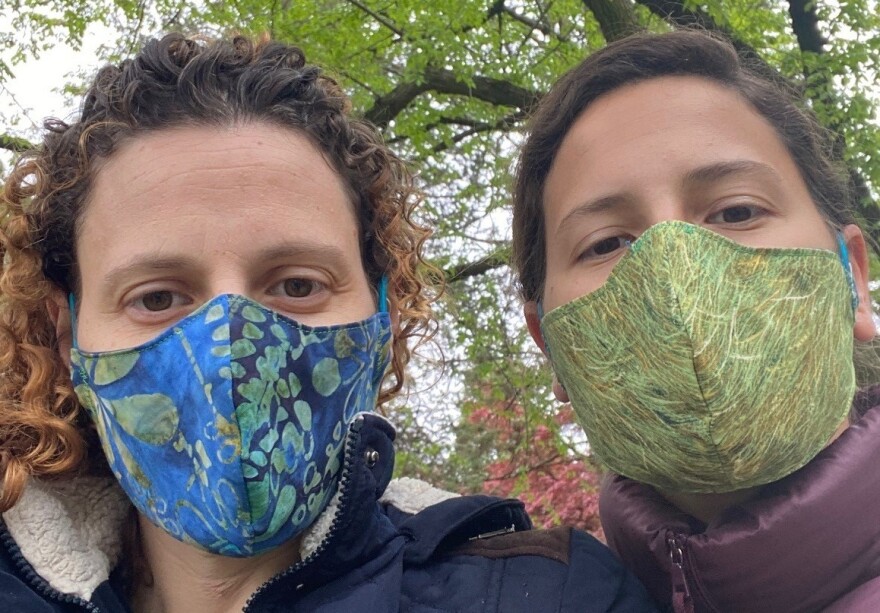The new norms of the coronavirus era — wearing face masks, maintaining social distance and conducting conversations through teleconference software — have made life more complicated for most Americans. But for the deaf and hard-of-hearing, they have transformed every day tasks into technological labyrinths, and exposed a number of inequities in local health and government systems.
One of the most well-documented pandemic challenges is communicating through face-obscuring masks. The masks make it impossible for people who read lips to see people's mouths or follow facial expressions during essential trips to the grocery store or doctor's office. Facial expressions like nose crinkles and mouth movements are also components of American Sign Language.
Over the past few weeks, manufacturing companies and media outlets have been touting clear face masks as a quick and straightforward fix to the problem.
This isn't a perfect solution, though, for a number of reasons. For one, not all deaf people lip-read.
Brianne Burger, a deaf resident of Washington, D.C., lip-reads, but her sister Kerry does not. Instead, Kerry brings a pen and paper with her wherever she goes.
"When I told her my frustration with the masks, she chided me for not bringing paper and pen with me," Brianne Burger wrote in an email exchange. "Now I have to learn that approach instead of lip reading."
Robb Dooling, a federal employee in Washington, D.C., who is deaf and advocates for people with disabilities, says he fears that a narrative around face masks would perpetuate the myth that all deaf people read lips.
Deaf and hard-of-hearing people also worry that hospitals' tightened visitor restrictions will mean they won't be able to bring interpreters to their medical appointments.
"In-person interpreters are better for clear communications, but I would rather not put the interpreter at risk of COVID-19," Dooling says. He plans to use his smartphone to reach a video interpreting service if he needs to seek out medical care.
Accessing breaking news updates and information about stay-at-home orders is another challenge. Advocates and government officials across the country have been working to make all their communications around the coronavirus pandemic accessible, with mixed results.
Many local leaders have interpreters present at all of their coronavirus briefings. But it doesn't always go smoothly. Baltimore Mayor Bernard C. "Jack" Young apologized to the city's deaf community last week after cutting off a sign language interpreter during a news conference. Young had told the interpreter to stop signing the words of protesters who had drowned him out.
And the National Association of the Deaf has published a series of articles and how-tos about life during the pandemic.
But gaps still exist. For one, the D.C. Public School system's distance learning software does not make captioning or transcriptions available, making it inaccessible to deaf students and parents such as Brianne Burger. She has to use speech-to-text software to follow along with her kindergarten daughter's online classes.
Dooling points out that the pandemic has also created new opportunities to support deaf and hard-of-hearing populations. The organization Deaf In Government runs weekly webinars on everything from virtual participation in telework meetings to mental health.
Dooling also suggests that hearing people should regularly initiate visual communication by making eye contact or waving. Learning even just the alphabet in American Sign Language goes a long way, too.
Burger feels the same way.
"Knowing ASL would be so helpful," she says. "Wish the whole world knew how to sign!"
Copyright 2020 WAMU 88.5



